Narrowband
Narrowband imaging is a tool Astrophotographer’s use to take high contrast images of certain objects in the night sky. Narrowband imaging is so called because the filter only allows light at very narrow bandwidths to pass through. Most Nebulae emit the majority of their light in specific wavelengths and narrowband filters are designed to only let this light pass through them which will show amazing clarity and previously hidden features that are too faint for normal RGB (red, green & blue) imaging. These filters will inhibit or severely reduce any polluting factors like the Moon and light pollution caused by street lights. In turn this darkens the background and shows more clarity in the object being imaged. There are four main narrowband filters, Hydrogen Alpha (H-a), Hydrogen Beta (H-b), Singularly Ionised Sulphur (S-II) & Doubly Ionised Oxygen (0-III).
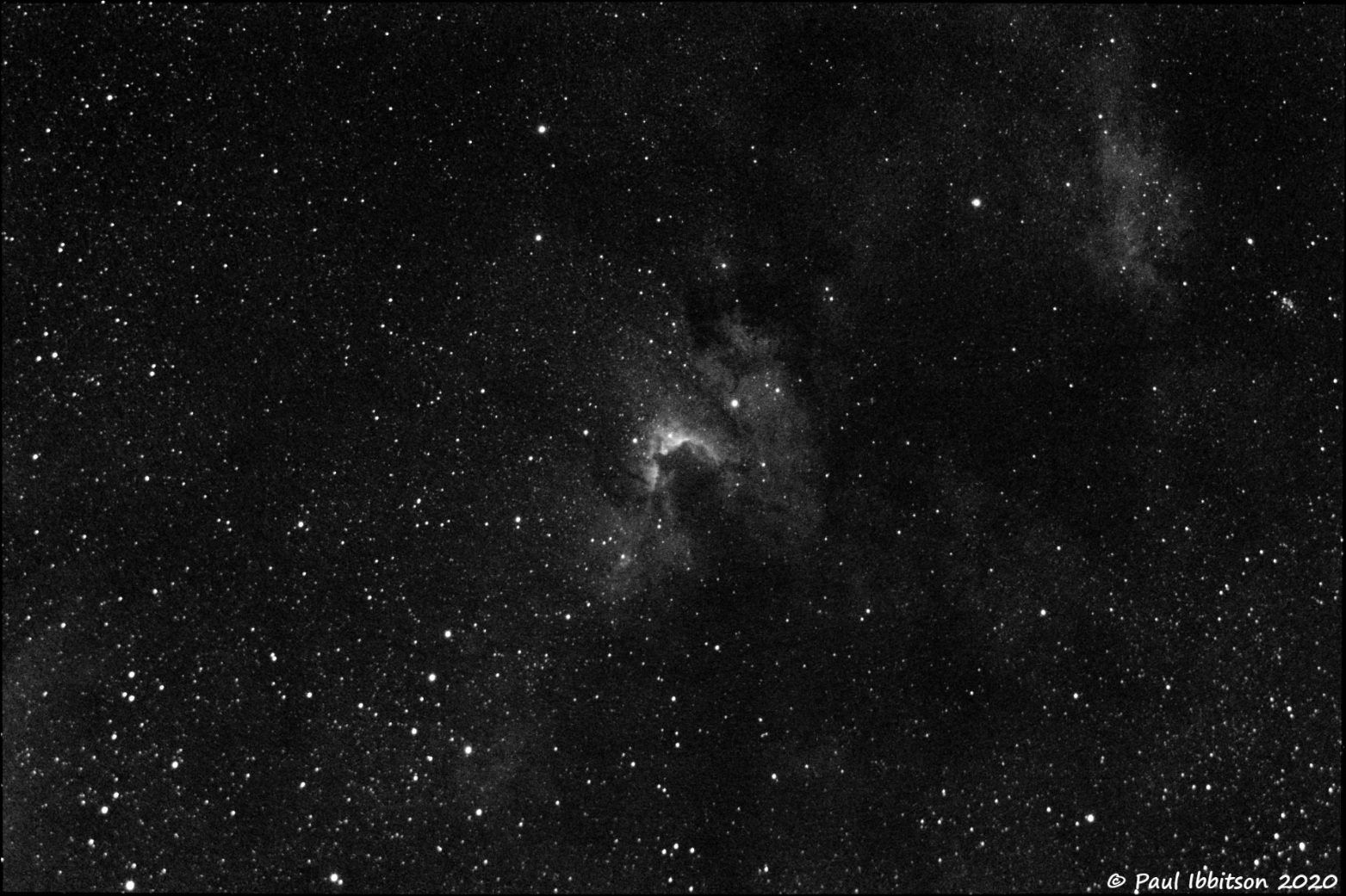
Cave Nebula (Ha)

Flaming Star Nebula (HaRGB)
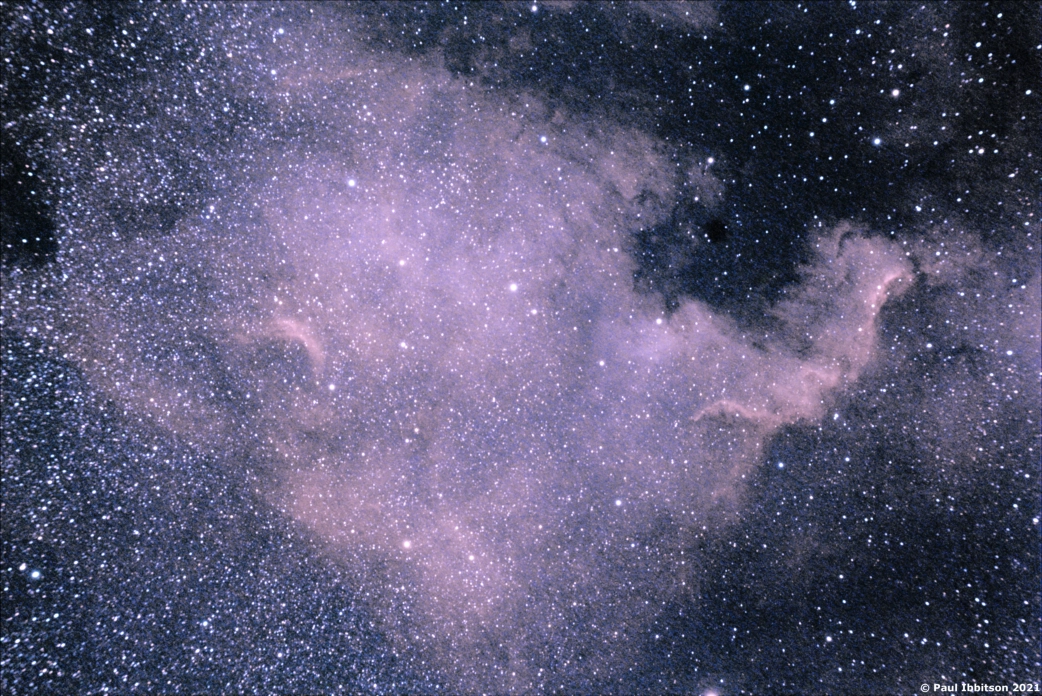
North American Nebula (Tri-Band)
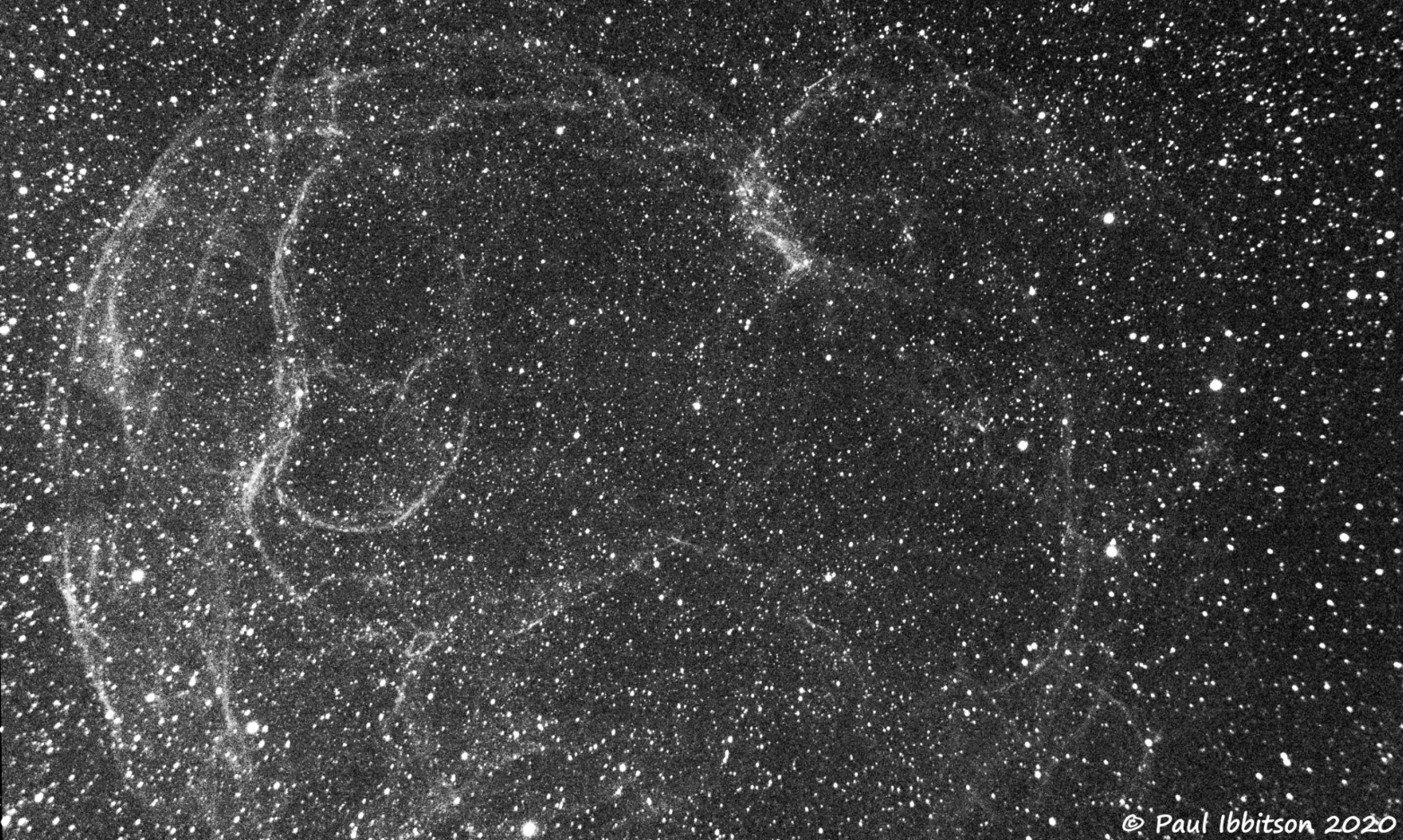
Sh2-240 (Ha)

Cone Nebula (HaRGB)
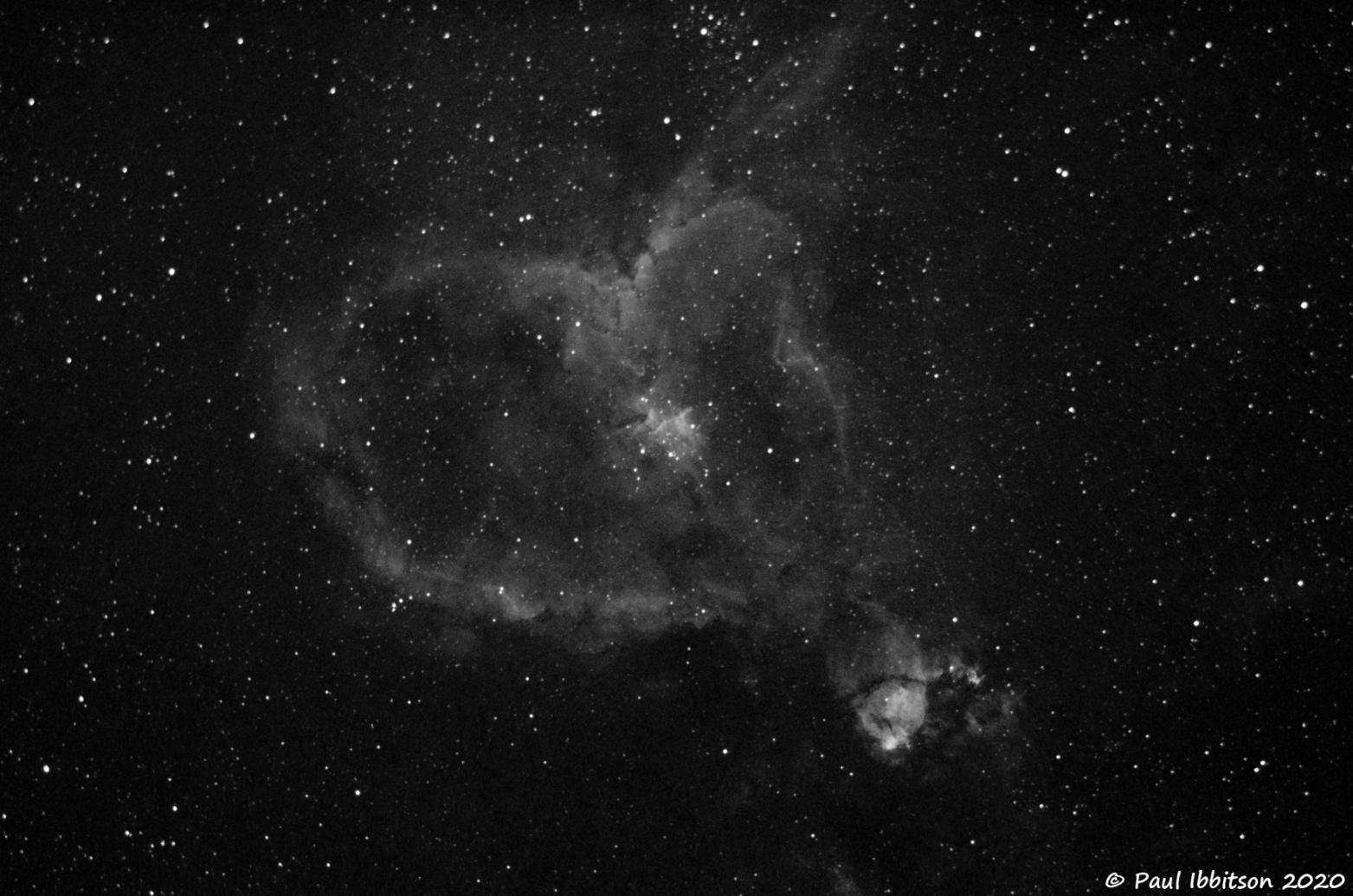
Heart Nebubla (Ha)
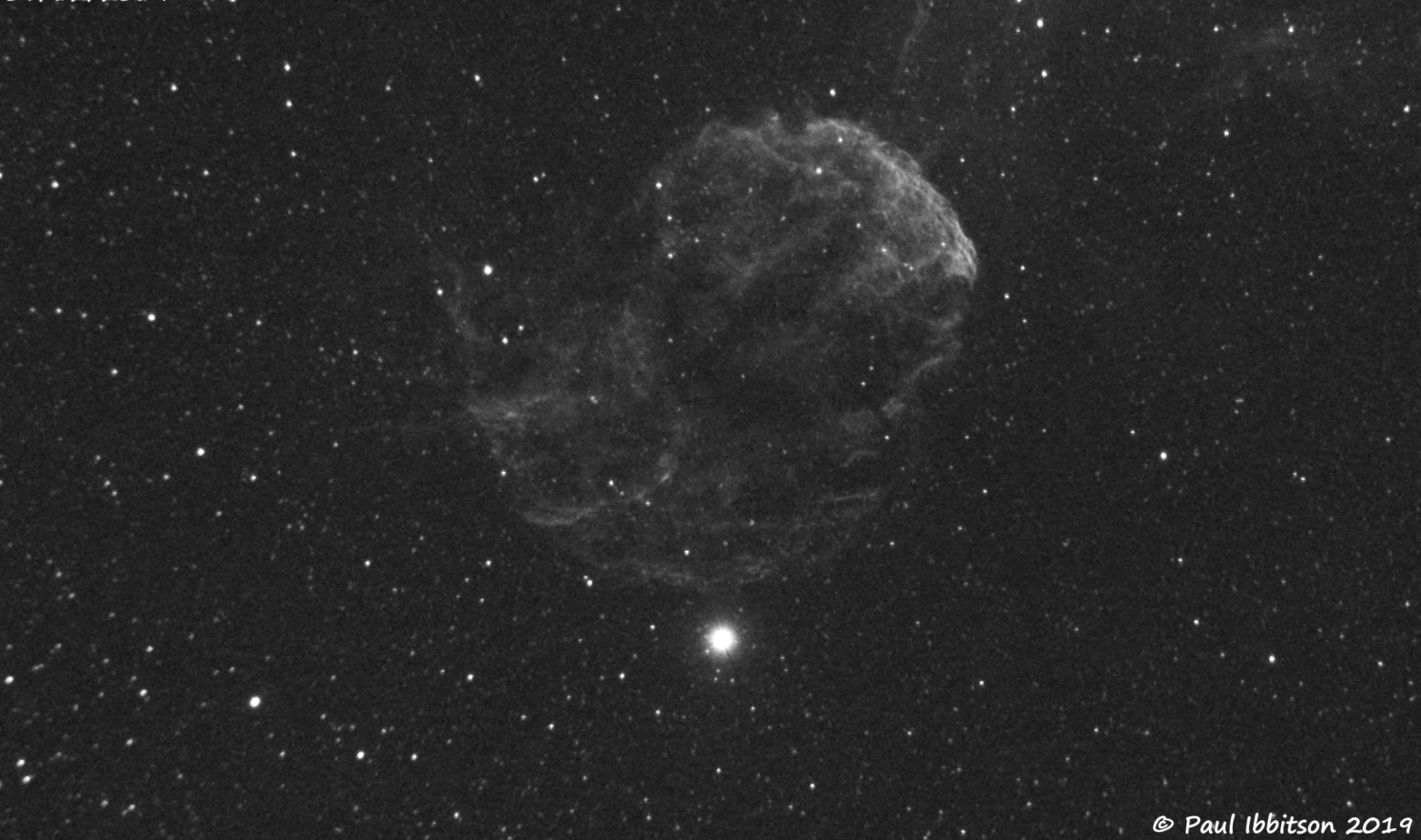
IC 443 (Ha)
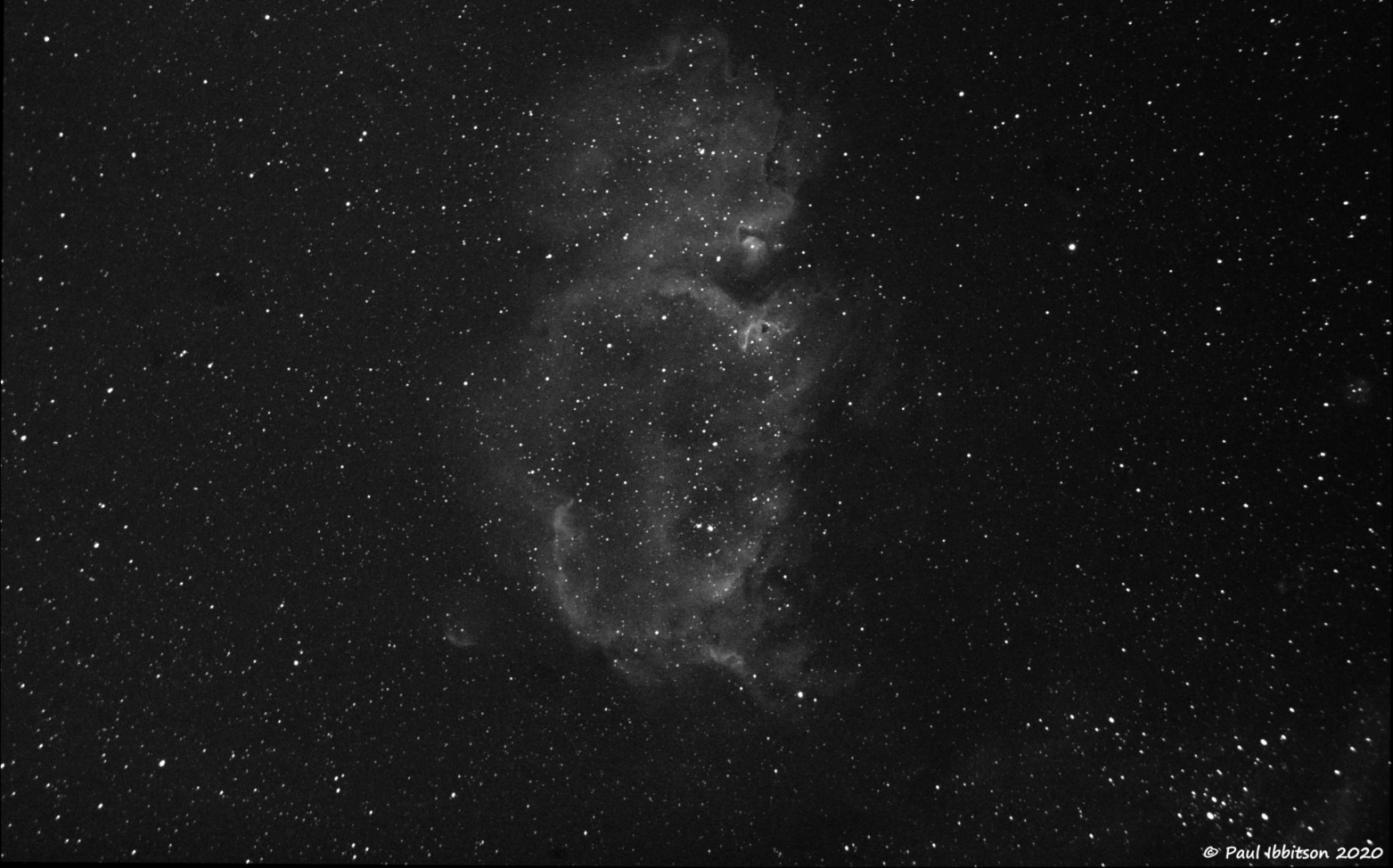
Soul Nebula (Ha)
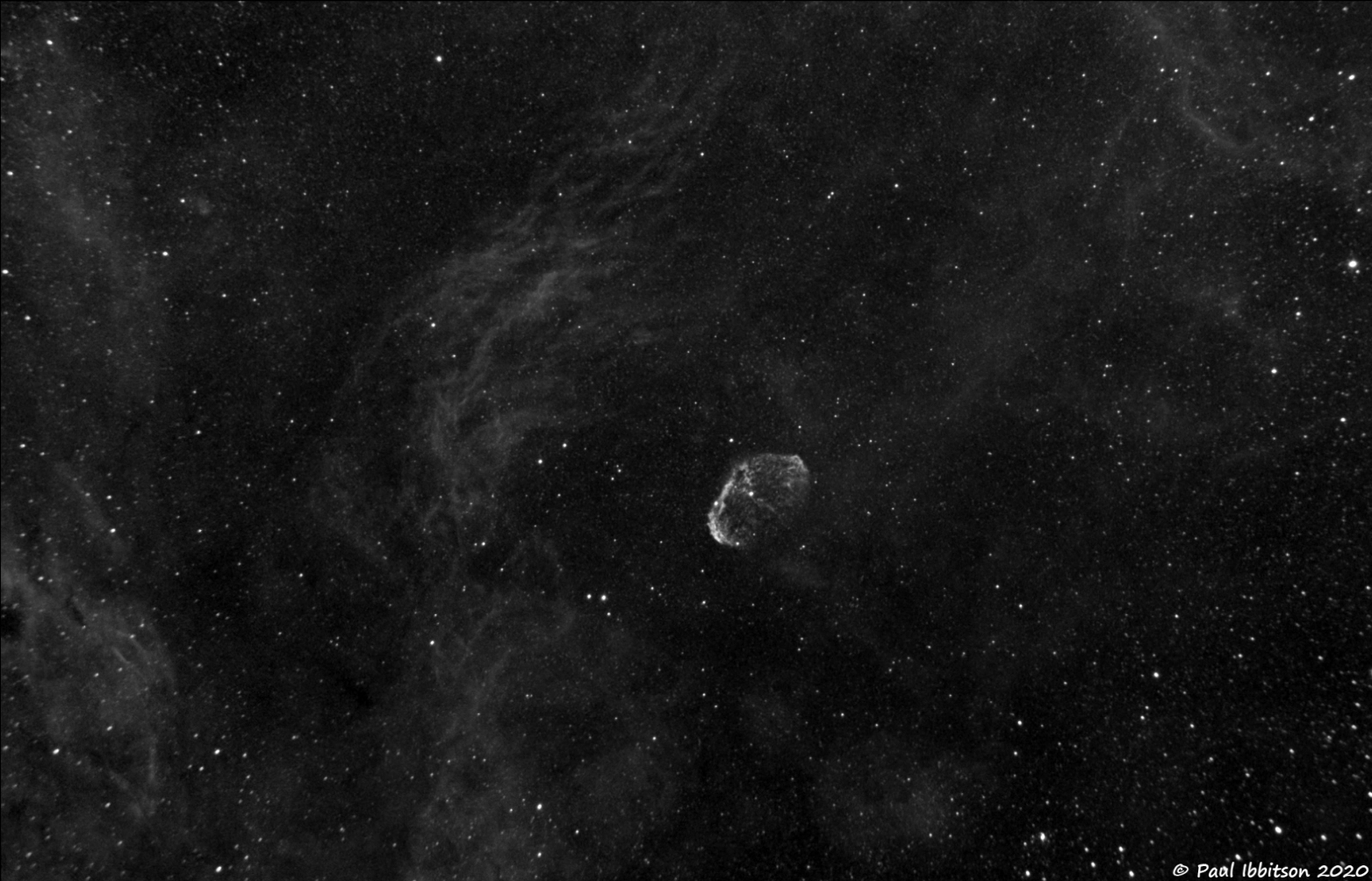
Crescent Nebula (Ha)

Horsehead Nebula (HaRGB)
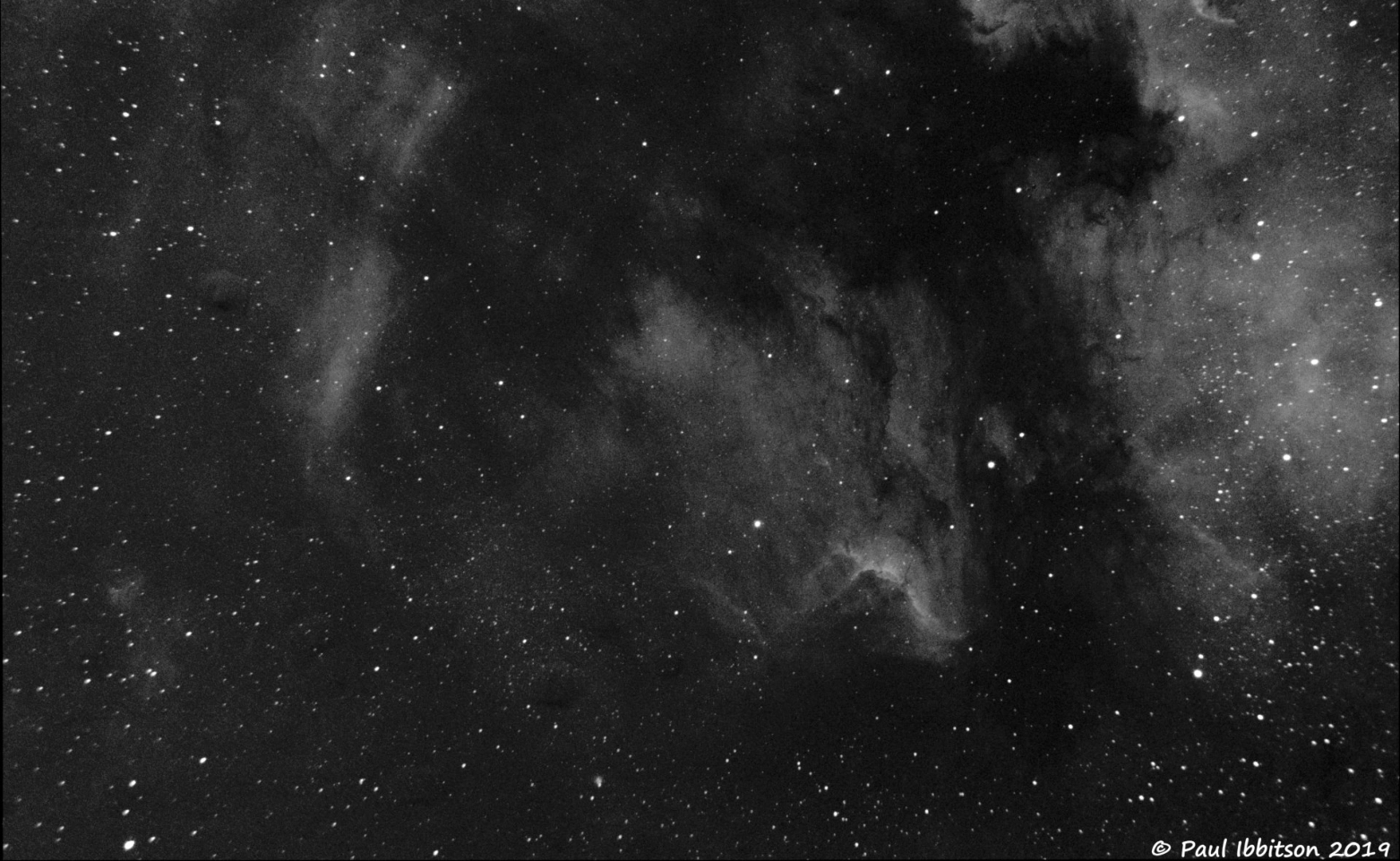
Pelican Nebula (Ha)

Western Veil Nebula (Ha)
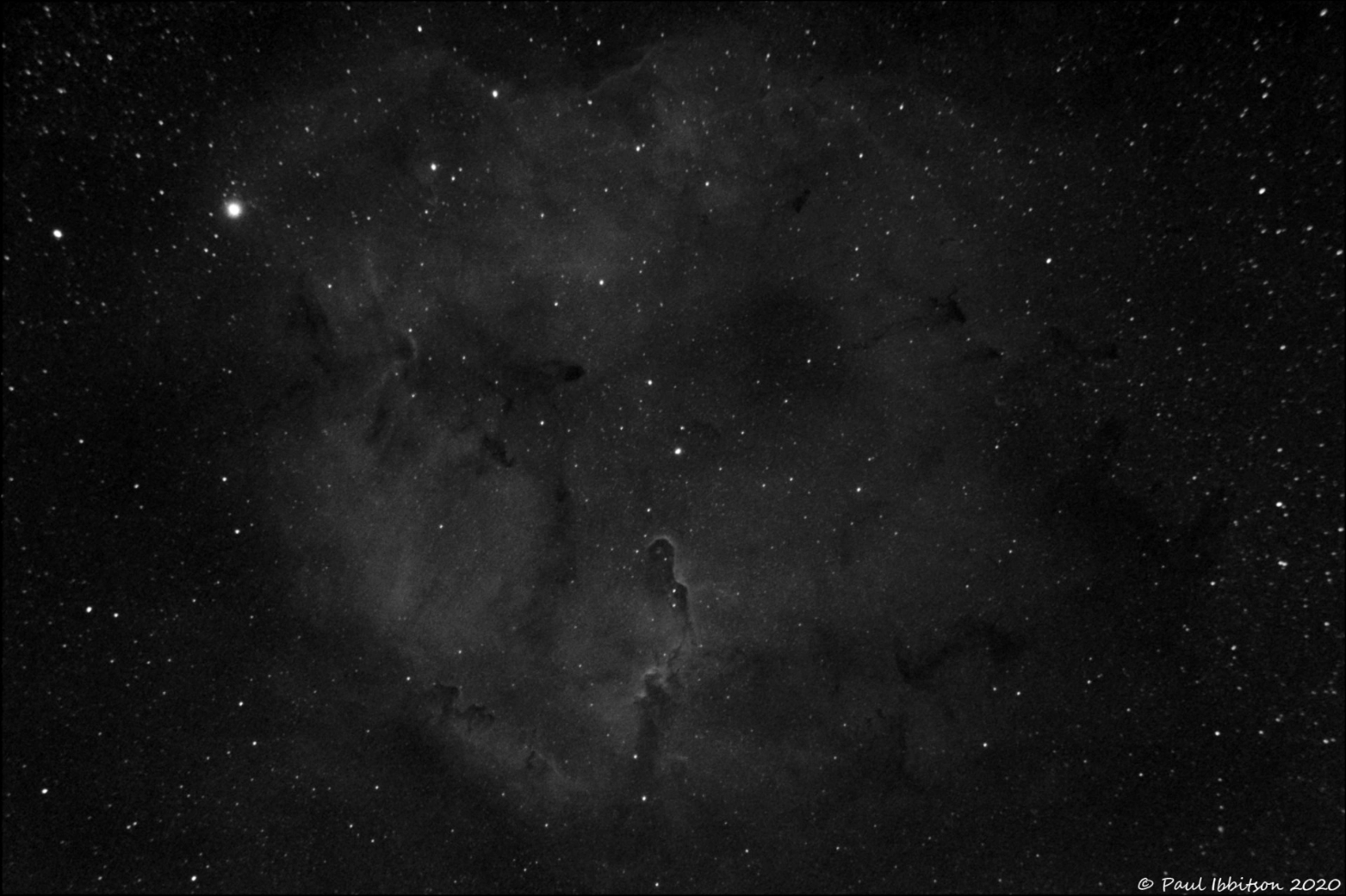
Elephant Trunk (Ha)
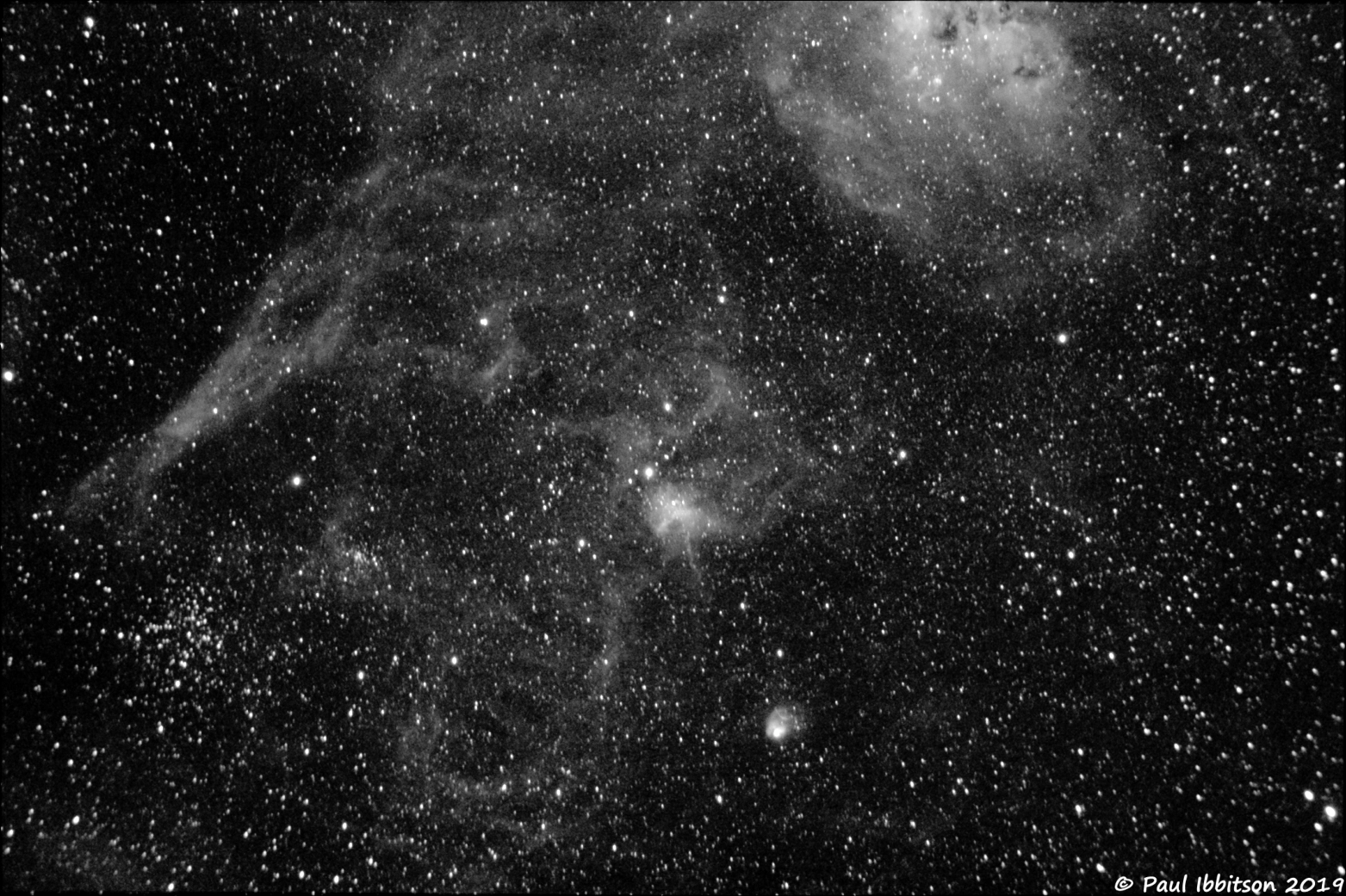
IC 417 (Ha)

Rosette Nebula (HaRGB)

Rosette Nebula (L-eXtreme)